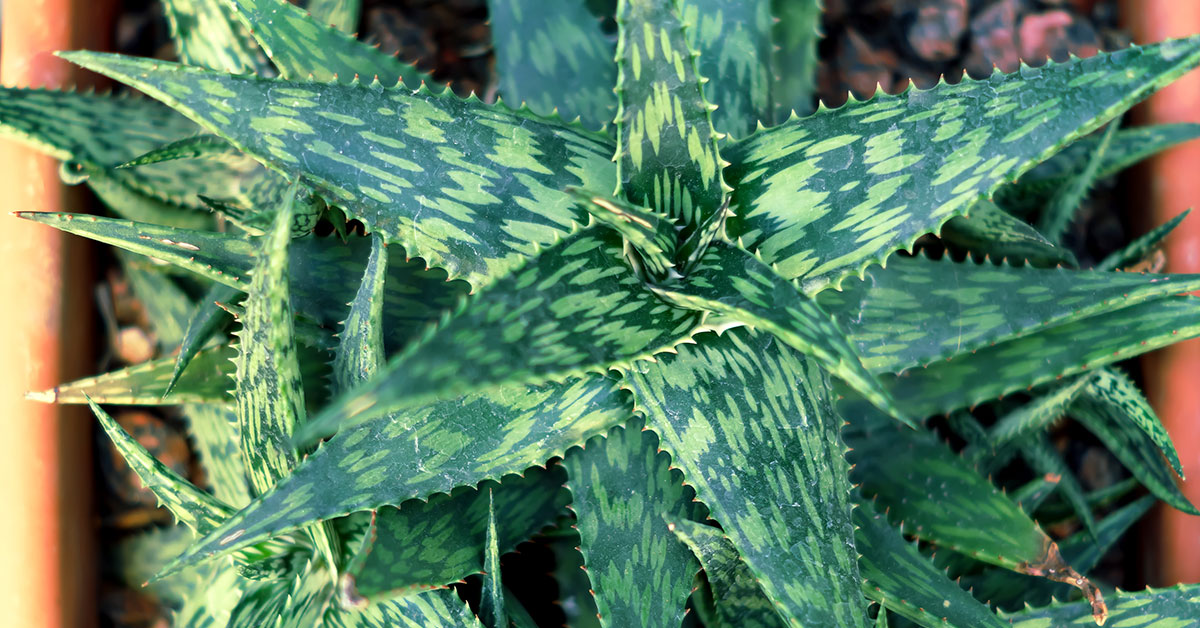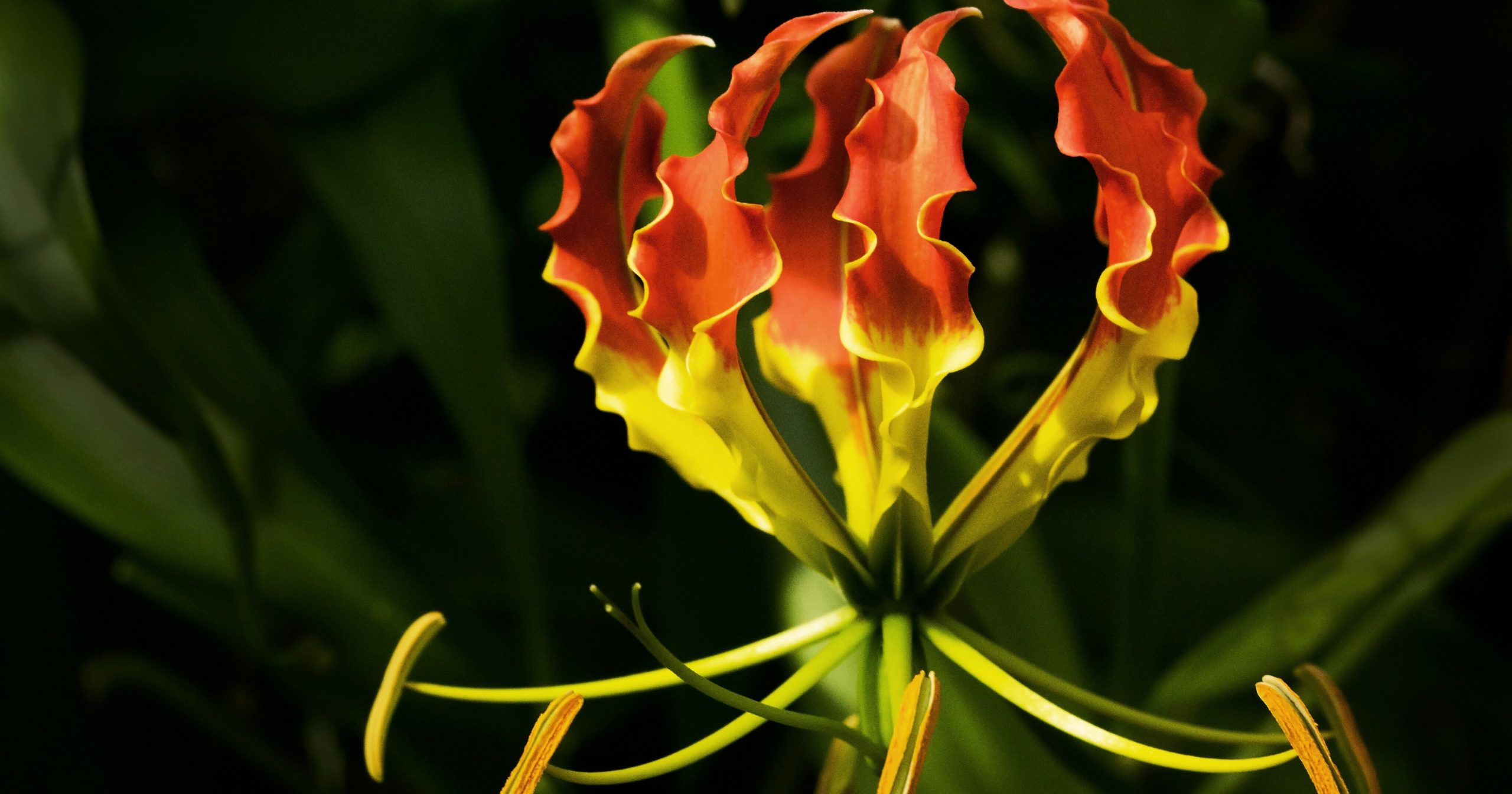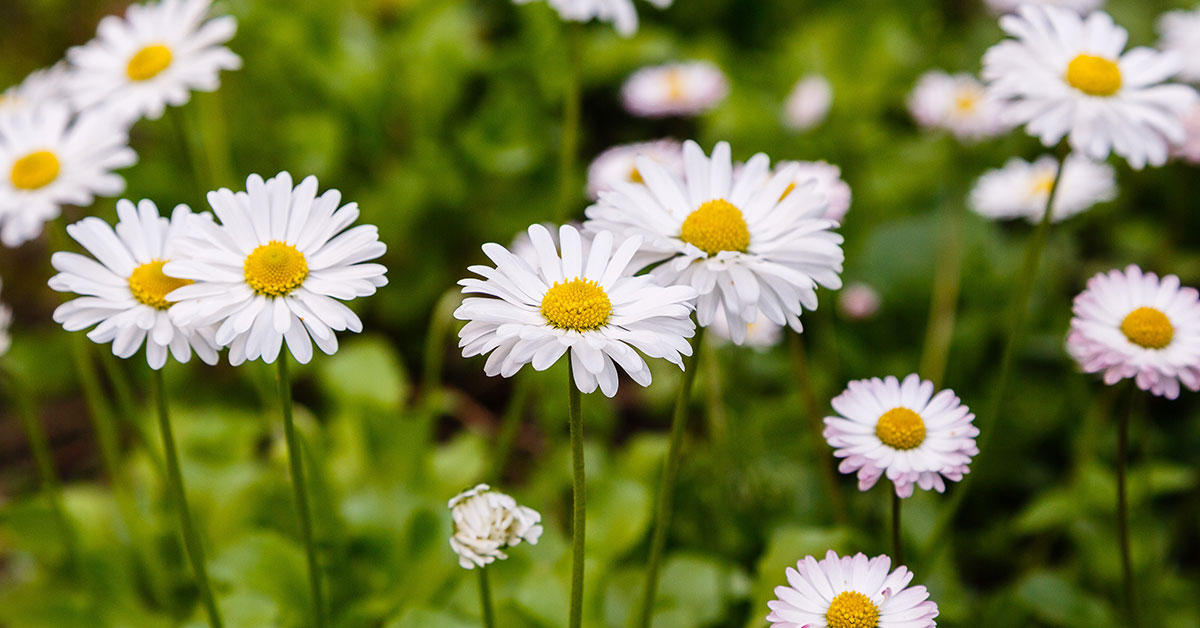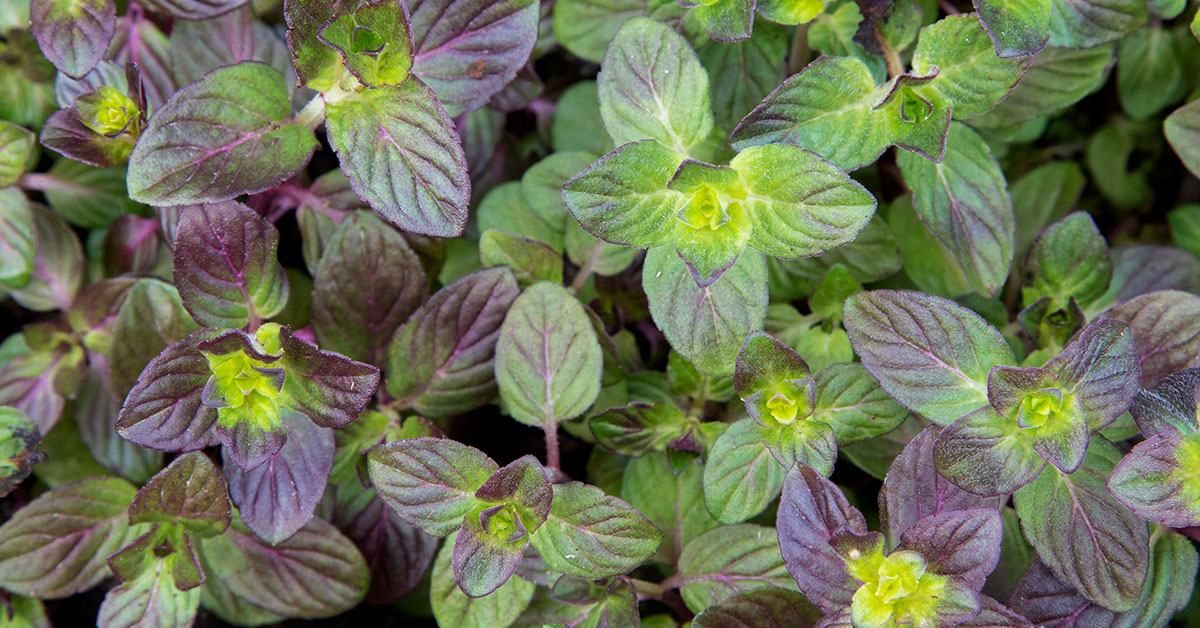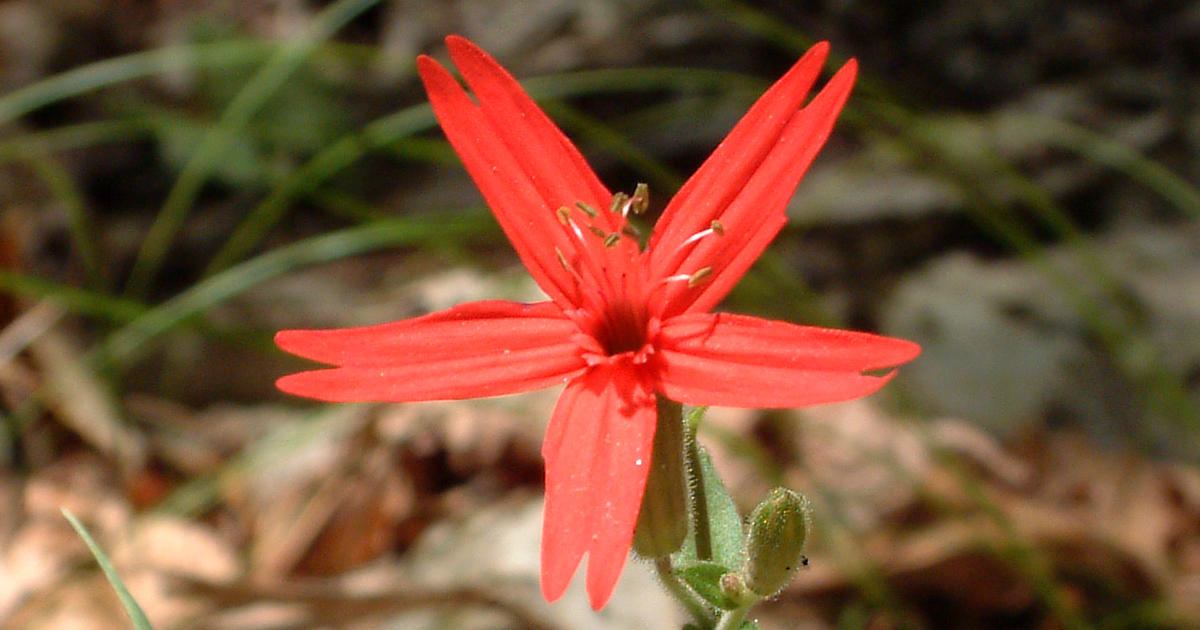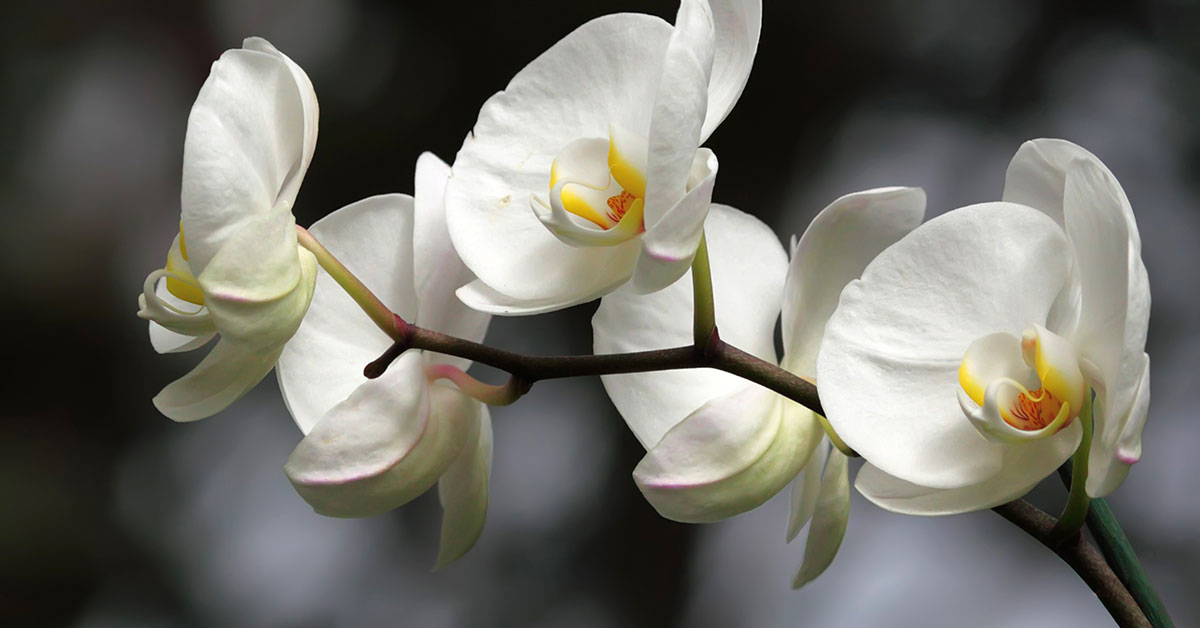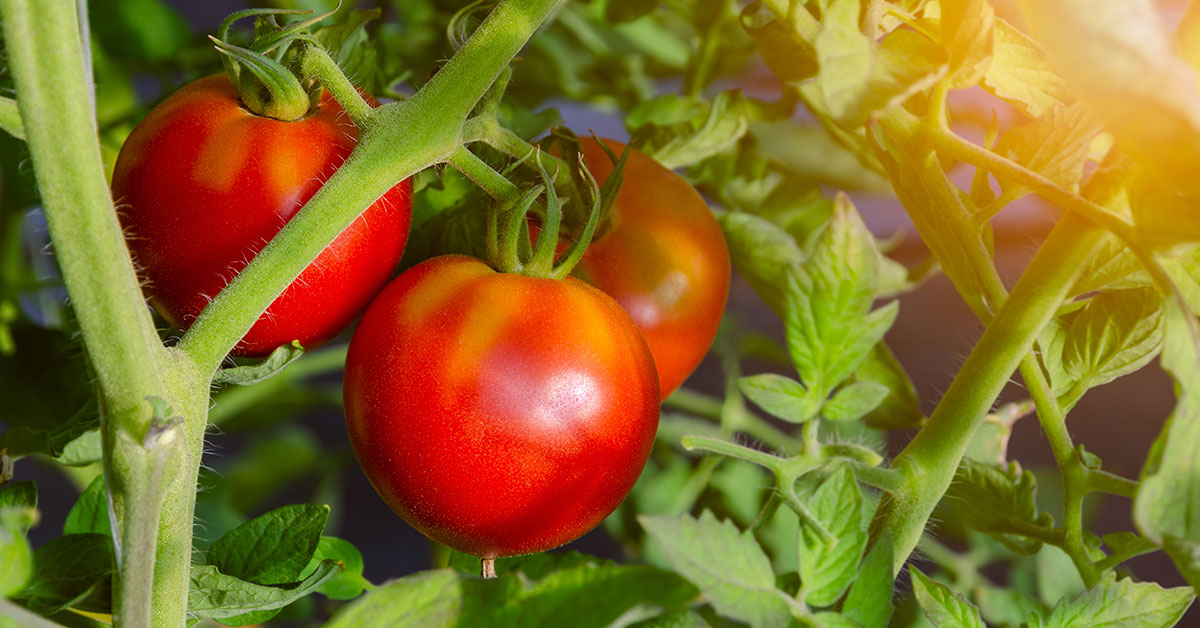Creating a garden that attracts butterflies, hummingbirds, and bees is not only a beautiful endeavor but also an essential one for supporting pollinators. These creatures are crucial for the health of our ecosystems, aiding in the pollination of many plants, including those we rely on for food. By planting nectar-rich flowers, you can create a vibrant, buzzing garden that supports these important pollinators.
It’s always exciting to see butterflies fluttering, hummingbirds zipping around, and bees busily collecting nectar. The following fifteen flowers are excellent choices to attract these delightful visitors to your garden. Each one brings unique beauty and benefits, making your garden a haven for pollinators.
Bee Balm (Monarda)
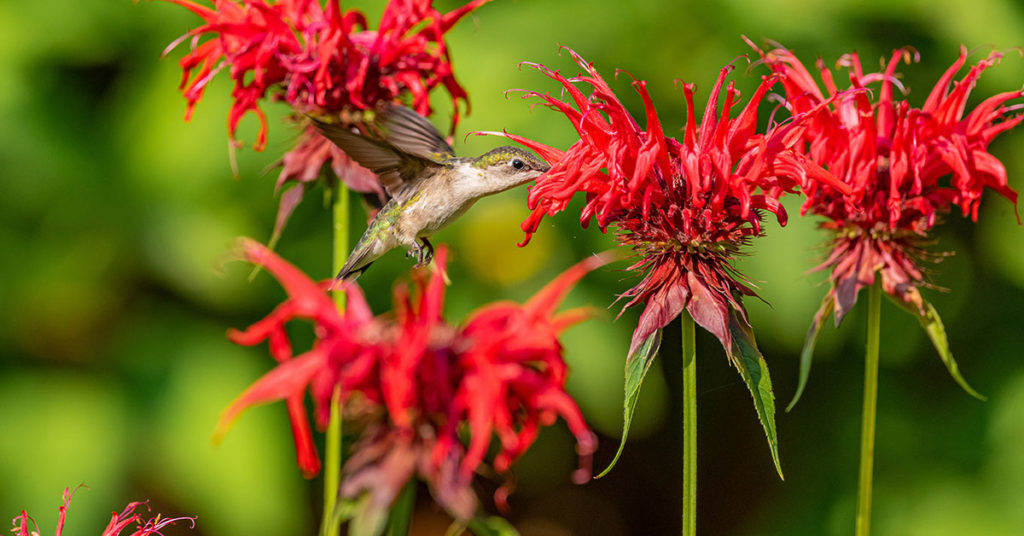
Bee Balm, also known as Monarda, is a magnet for butterflies, hummingbirds, and bees. This perennial produces vibrant, tubular flowers in shades of red, pink, purple, and white, blooming from mid-summer to early fall. It thrives in full sun to partial shade and prefers moist, well-drained soil.
What I love about Bee Balm is its resilience and the splash of color it adds to the garden. Its fragrant foliage and nectar-rich flowers make it a favorite among pollinators. Plus, it’s easy to grow and can quickly fill a garden bed with its spreading habit.
Butterfly Bush (Buddleia)
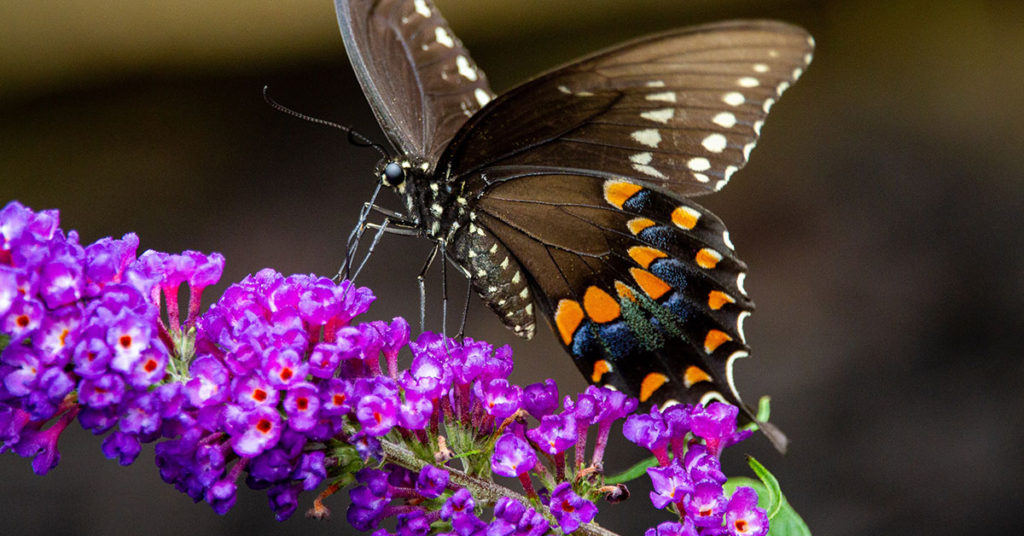
The Butterfly Bush is aptly named, as it attracts butterflies like no other plant. This shrub produces long spikes of fragrant flowers in various colors, including purple, pink, white, and yellow. It blooms from summer to fall and thrives in full sun and well-drained soil.
Butterfly Bushes are a spectacular sight when in full bloom, covered with butterflies and other pollinators. They are relatively low-maintenance, making them an excellent choice for both novice and experienced gardeners. Regular deadheading encourages continuous blooming, keeping your garden lively all season long.
Zinnia
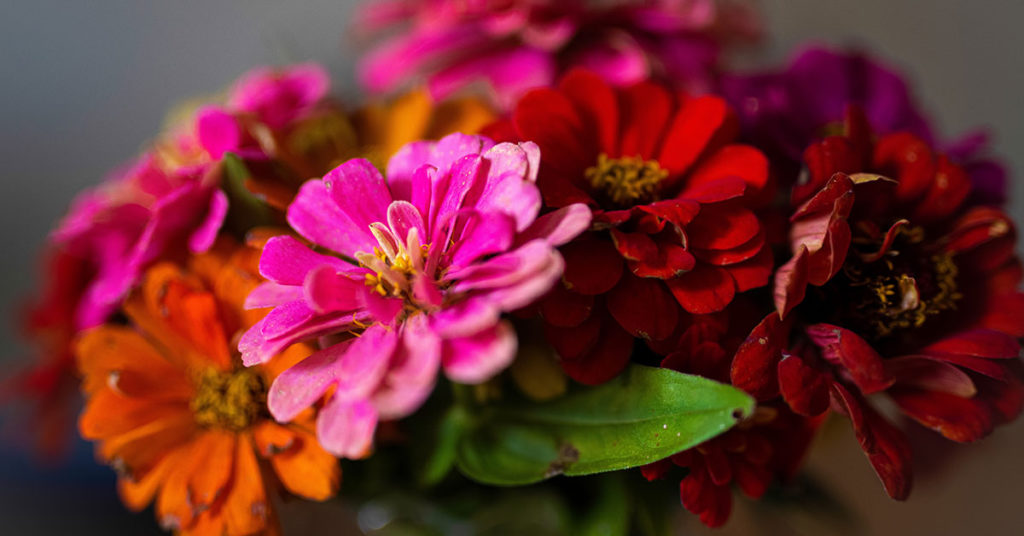
Zinnias are annuals that bring a burst of color to any garden and are loved by butterflies, bees, and hummingbirds. They come in a wide range of colors, including red, orange, yellow, pink, and purple, and bloom from summer to frost. Zinnias thrive in full sun and well-drained soil.
One of the best things about Zinnias is their ease of growth and long blooming period. They are perfect for cutting gardens, adding a splash of color indoors as well. Their bright, daisy-like flowers attract a plethora of pollinators, making them a must-have in any pollinator-friendly garden.
Coneflower (Echinacea)
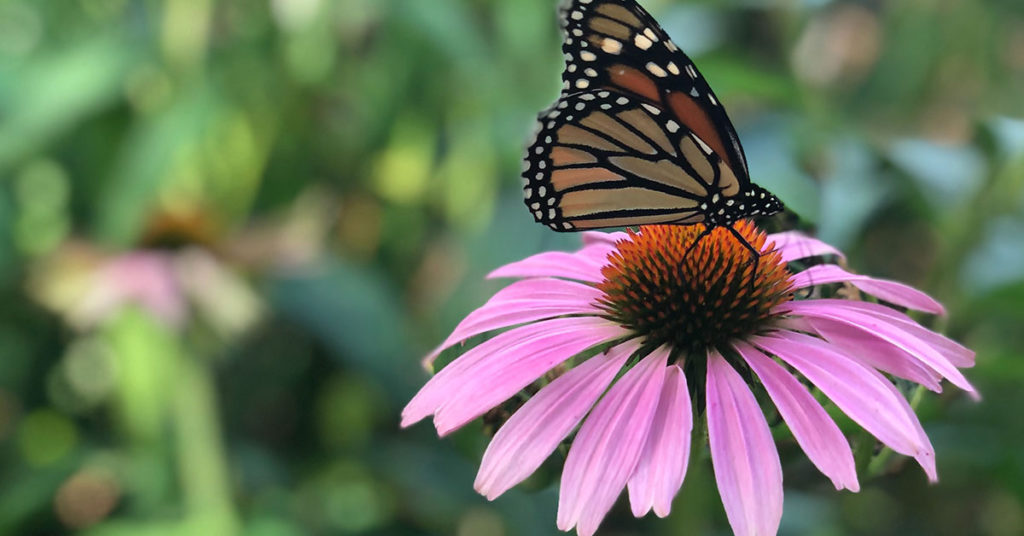
Coneflowers are hardy perennials known for their large, daisy-like flowers with prominent centers. They come in shades of purple, pink, and white and bloom from midsummer to fall. Coneflowers thrive in full sun and well-drained soil and are drought-tolerant once established.
Coneflowers are a delight in the garden, attracting butterflies, bees, and even hummingbirds. They are easy to grow and maintain, providing a long-lasting display of color. Their seeds also attract birds in the fall, adding another layer of wildlife interest to your garden.
Salvia
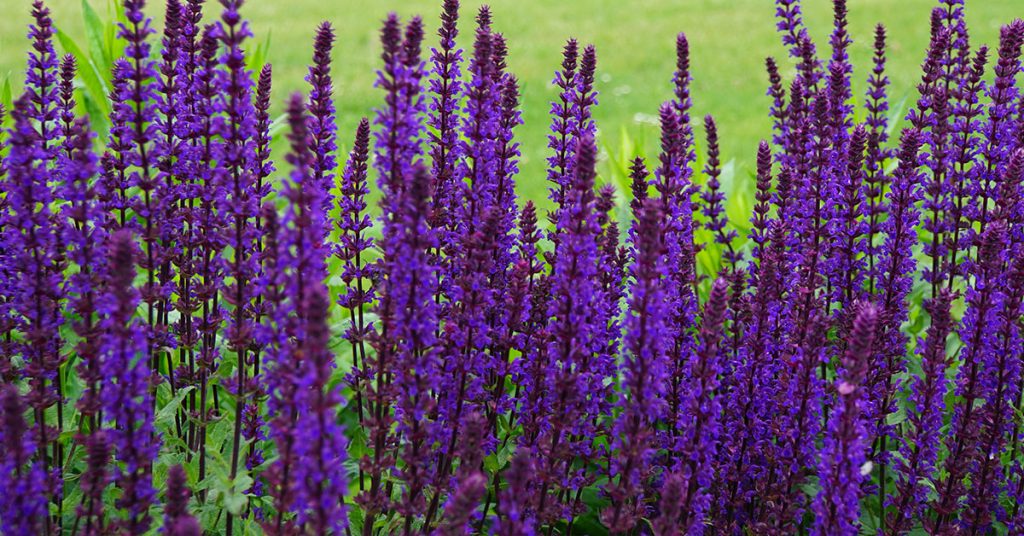
Salvia, or sage, is a versatile plant that produces spikes of tubular flowers in shades of blue, purple, pink, red, and white. Blooming from late spring to fall, Salvia thrives in full sun and well-drained soil. It’s a favorite among hummingbirds, bees, and butterflies.
Salvia’s vibrant flowers and aromatic foliage make it a wonderful addition to any garden. It’s relatively low-maintenance and can withstand drought conditions, making it perfect for various garden settings. Regular deadheading will ensure continuous blooms, keeping pollinators coming back for more.
Lavender (Lavandula)
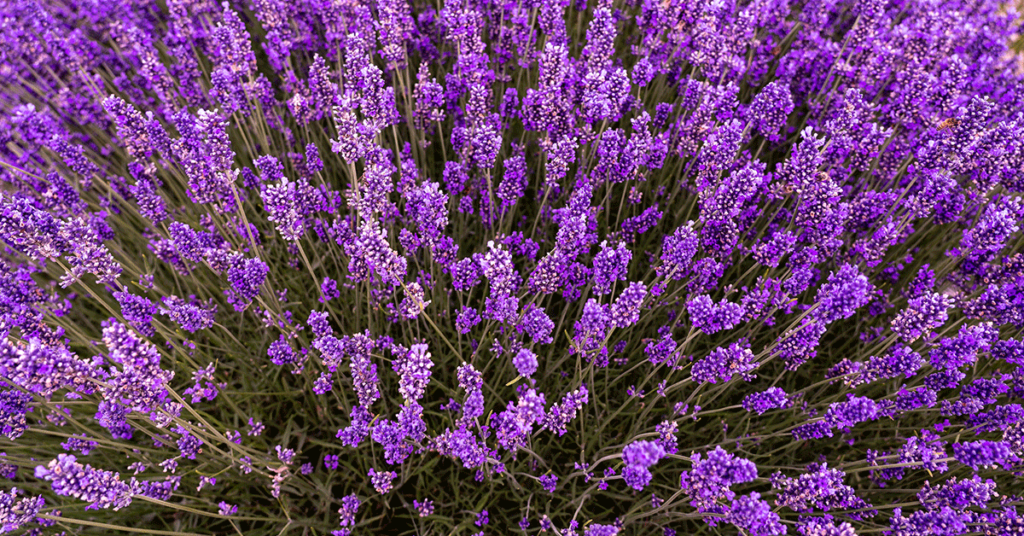
Lavender is a fragrant perennial that produces spikes of purple, blue, or white flowers from late spring to summer. It thrives in full sun and well-drained soil, preferring a Mediterranean-like climate. Lavender is loved by bees and butterflies for its abundant nectar.
Lavender not only attracts pollinators but also adds a lovely scent to your garden. It’s great for creating a relaxing atmosphere and can be used in various culinary and medicinal applications. Its drought-tolerant nature makes it an excellent choice for sustainable gardening.
Lantana
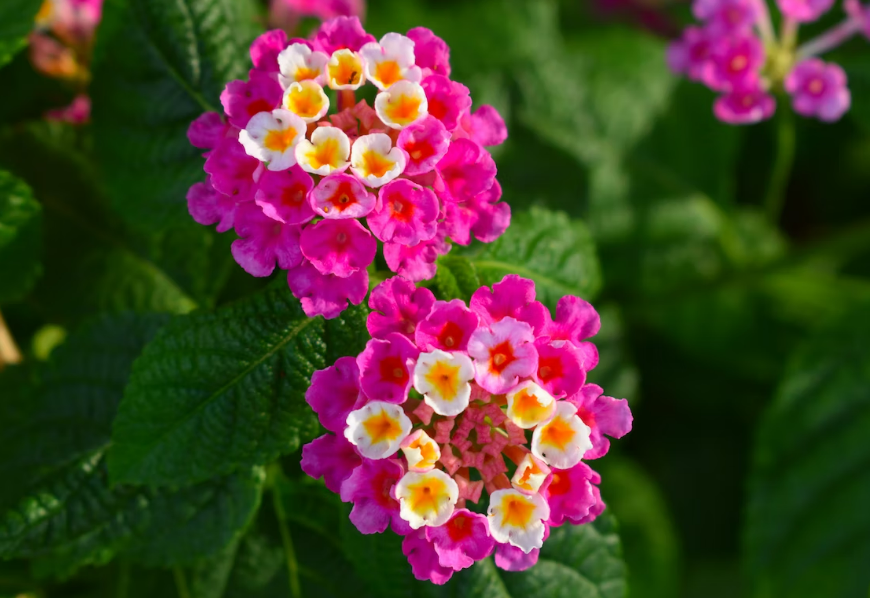
Lantana is a heat-tolerant annual or perennial that produces clusters of small, brightly colored flowers in shades of red, orange, yellow, pink, and purple. It blooms from spring to frost and thrives in full sun and well-drained soil. Lantana is a favorite among butterflies, hummingbirds, and bees.
Lantana’s vibrant colors and long blooming period make it a standout in any garden. It’s particularly well-suited to hot, dry climates and is relatively low-maintenance. Its ability to attract a wide range of pollinators makes it a valuable addition to any pollinator-friendly garden.
Black-Eyed Susan (Rudbeckia)
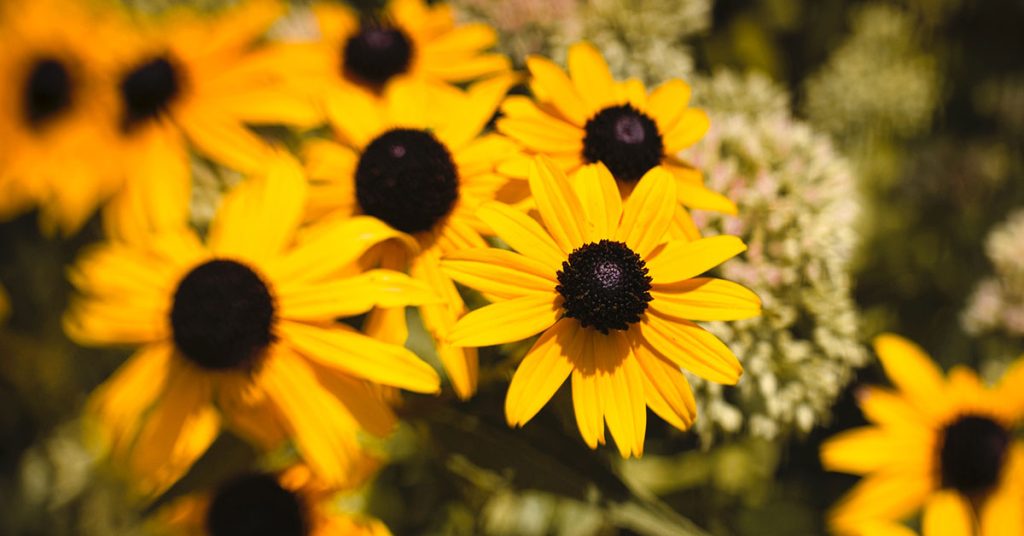
Black-Eyed Susans are cheerful perennials with bright yellow or orange petals and dark centers. They bloom from mid-summer to fall and thrive in full sun and well-drained soil. These flowers are loved by butterflies and bees for their nectar-rich blooms.
Black-Eyed Susans are incredibly easy to grow and maintain, making them perfect for novice gardeners. Their bright, sunny flowers add a splash of color to the garden and attract a variety of pollinators. They also make excellent cut flowers, bringing their cheerful presence indoors.
Phlox
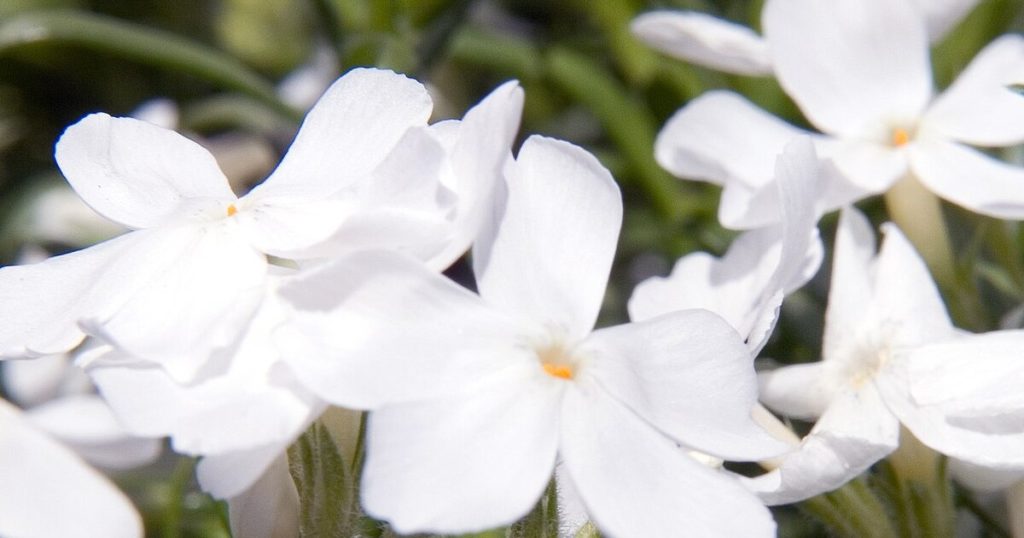
Phlox is a perennial that produces clusters of fragrant flowers in shades of pink, purple, red, and white. Blooming from mid-summer to fall, Phlox thrives in full sun to partial shade and well-drained soil. It’s a favorite among butterflies, bees, and hummingbirds.
Phlox’s sweet fragrance and vibrant colors make it a delightful addition to any garden. It’s relatively easy to care for and provides a long-lasting display of blooms. Planting Phlox in your garden will ensure a steady stream of pollinators, adding life and movement to your outdoor space.
Milkweed (Asclepias)

Milkweed is a vital plant for monarch butterflies, providing both nectar for adults and food for caterpillars. It produces clusters of small, fragrant flowers in shades of pink, orange, and white from late spring to summer. Milkweed thrives in full sun and well-drained soil.
Growing Milkweed in your garden is a fantastic way to support monarch populations. Its flowers attract a variety of pollinators, making it an essential plant for any wildlife-friendly garden. Plus, it’s relatively low-maintenance and can thrive in poor soil conditions.
Heliotrope
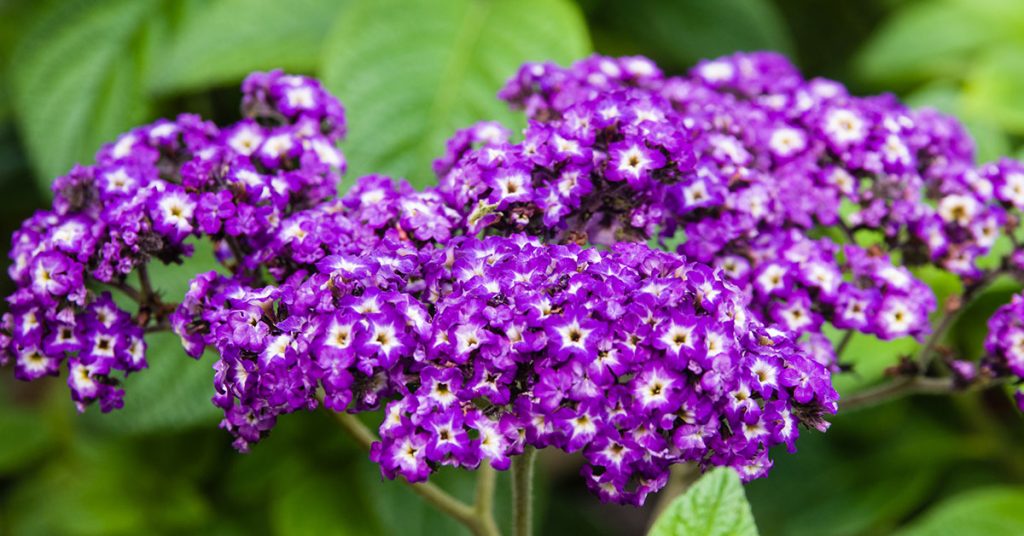
Heliotrope is an annual or perennial that produces clusters of small, fragrant flowers in shades of purple, blue, and white. It blooms from summer to fall and thrives in full sun to partial shade and well-drained soil. Heliotrope is particularly attractive to butterflies and bees.
The sweet, vanilla-like fragrance of Heliotrope is a wonderful addition to any garden. Its compact growth habit makes it perfect for containers and garden beds alike. Planting Heliotrope ensures a fragrant and colorful garden that attracts pollinators all season long.
Cosmos
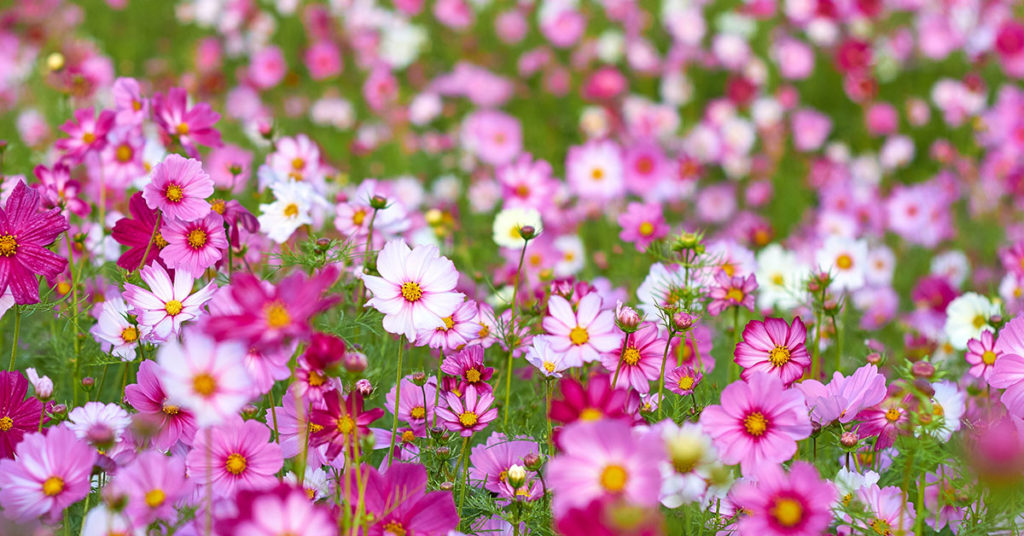
Cosmos are annuals that produce delicate, daisy-like flowers in shades of pink, purple, white, and orange. They bloom from summer to frost and thrive in full sun and well-drained soil. Cosmos are loved by butterflies, bees, and hummingbirds for their abundant nectar.
Cosmos are incredibly easy to grow from seed and add a whimsical touch to the garden. Their long, airy stems and bright flowers sway gently in the breeze, creating a charming display. Regular deadheading will keep them blooming profusely, ensuring a continuous supply of nectar for pollinators.
Verbena
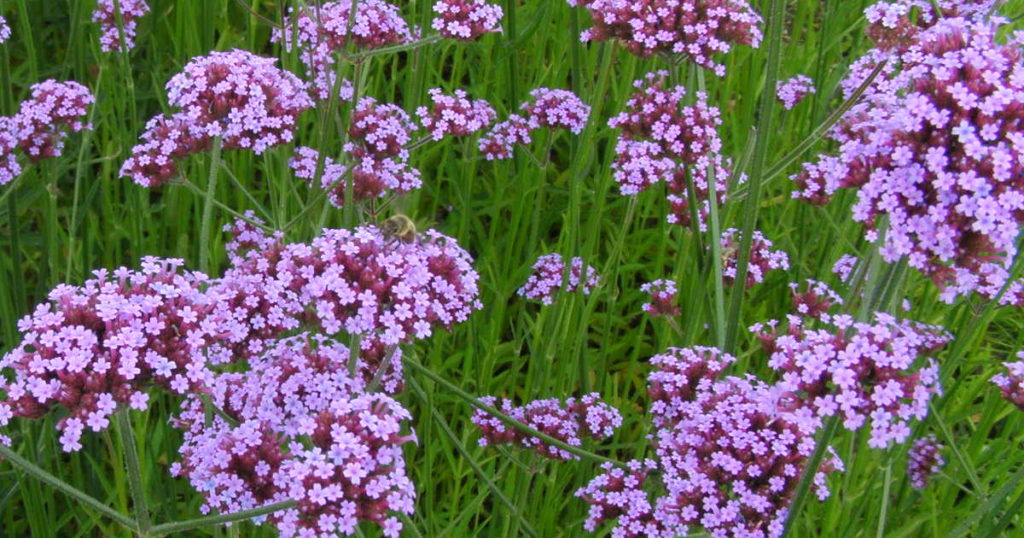
Verbena is a low-growing annual or perennial that produces clusters of small, brightly colored flowers in shades of purple, pink, red, and white. It blooms from spring to frost and thrives in full sun and well-drained soil. Verbena is a favorite among butterflies and bees.
The vibrant colors and extended blooming period of Verbena make it a fantastic choice for attracting pollinators. It’s perfect for borders, containers, and hanging baskets. Verbena’s low-maintenance nature and pollinator appeal make it a must-have for any garden.
Catmint (Nepeta)
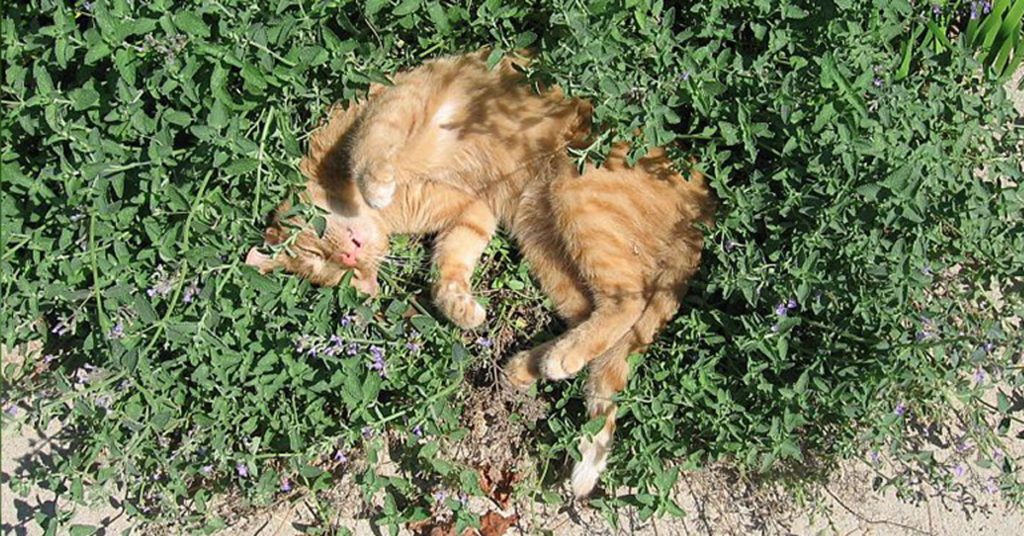
Catmint is a perennial that produces spikes of small, lavender-blue flowers from late spring to early fall. It thrives in full sun to partial shade and well-drained soil. Catmint is loved by bees and butterflies for its abundant nectar and aromatic foliage.
Catmint’s drought-tolerant nature and long blooming period make it a versatile and hardy addition to the garden. Its soft, billowy appearance adds a touch of elegance to any landscape. Planting Catmint ensures a garden that is both beautiful and buzzing with pollinators.
Red Hot Poker (Kniphofia)
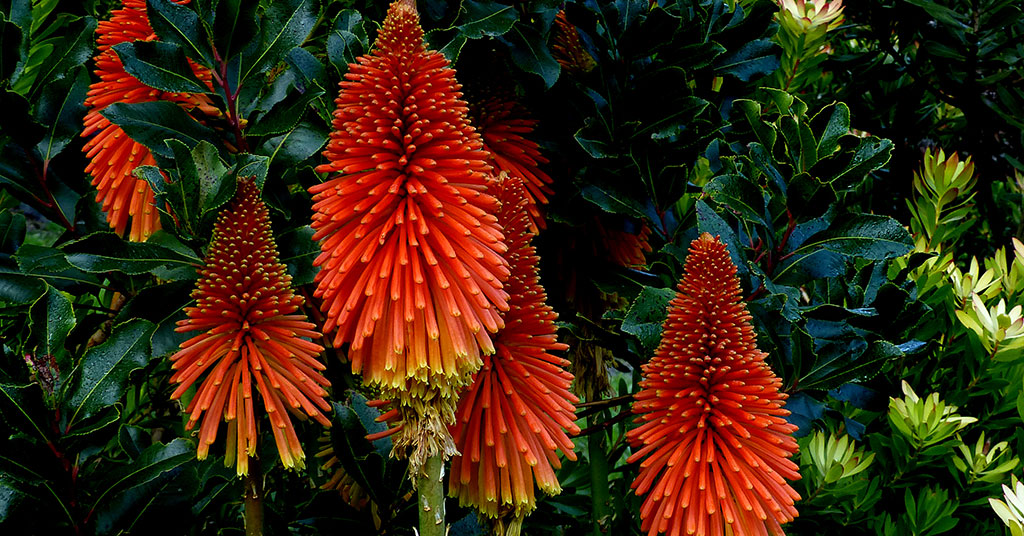
Red Hot Poker, also known as Torch Lily, is a perennial that produces striking spikes of tubular flowers in shades of red, orange, yellow, and cream. It blooms from late spring to fall and thrives in full sun and well-drained soil. Red Hot Poker is particularly attractive to hummingbirds and butterflies.
The dramatic flowers of Red Hot Poker add a bold statement to any garden. Their unique shape and vibrant colors make them a standout feature. Planting Red Hot Poker ensures a garden that is both visually stunning and a magnet for pollinators.






